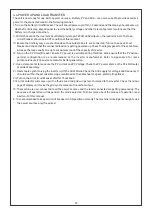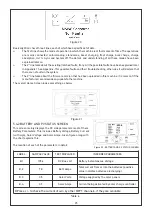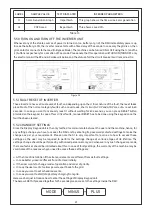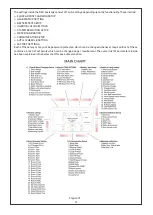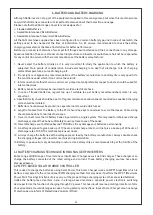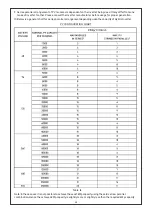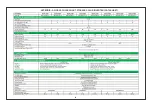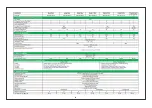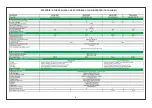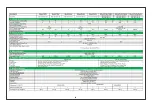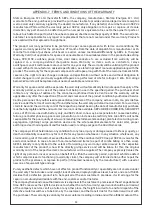
35
6.11 BATTERY CHARGING CURVE EXPLANATION
Below Graph explains the charging process of these inverters in detail. Also the chart below can be used to
clearly understand the meaning of each of these terms. Figure Shows 4-Stage Battery Charging Curve. The 4-
stage charge cycle consists of a Constant Current (Stage 1), an Absorption period (Stage 2) at a higher voltage
than float, a Taper to Float (Stage 3) and a Float period (Stage 4).
STAGE 1: BULK CHARGE PERIOD
This is the first stage of charge using a constant current (determined by Max._Batt._Current and Inverter
Maximum current until the either the bulk voltage or equalize voltage is reached . This charge period will
typically last 8-10 hours.
STAGE 2: ABSORPTION OR EQUALIZE CHARGE PERIOD
This stage maintains the cells, and hence the batteries, at a constant voltage until the bulk/equalize period time
has elapsed or the current into the batteries has become lower than a certain minimum value. This charge
period is around 2 hours.
STAGE 3: TAPER TO FLOAT PERIOD
The voltage per cell will be lowered to the float voltage per cell over a period of time no less than the number of
seconds defined in the setting 'Battery Taper to Float Rate. This is achieved by lowering the current into the
battery cells
.
STAGE 4: FLOAT TAPER CHARGE PERIOD
The current into the battery cells is reduced at a rate that allows the voltage on the cells to remain constant at
the float voltage level. If an auto-start generator was used, it will turn off when this stage is reached.
Figure 33


